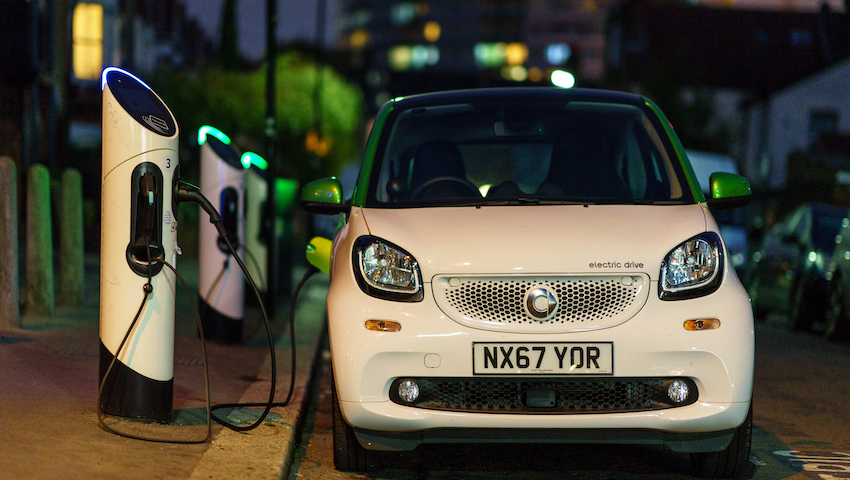Electric vehicle chargepoints to be the next great British emblem, says DfT
Electric vehicle chargepoints across the UK could become as recognisable as the red post box, according to the Department for Transport (DfT).
The Department for Transport has therefore appointed a design team consisting of the Royal College of Art (RCA) and PA Consulting to deliver an iconic British chargepoint design.
The design will be unveiled at COP26 in Glasgow this November and could be seen on streets across the country from 2022. According to the DfT, the chargepoints will be functional and accessible for all users with sustainability at the heart of the design.
This project gets underway as independently produced statistics from Zap Map reveal there are now over 25,000 public charging devices across the UK – meaning electric vehicle drivers are never more than 25 miles from a chargepoint on UK roads. This comes as recent statistics from the Society of Motor Manufacturers and Traders (SMMT) show that over one in six cars sold in July 2021 had a plug.
Transport Secretary Grant Shapps said: “Excellent design plays a key role in supporting our transition to zero-emission vehicles, which is why I want to see EV chargepoints that are as iconic and recognisable as the British phone box, London bus or black cab.
“With less than three months to go until COP26, we continue to put the UK at the forefront of the design, manufacture and use of zero-emission vehicles and their charging infrastructure, as we build back greener and call on countries around the world to similarly accelerate the transition to electric vehicles.”
The Department claimed the rollout will allow chargepoints to be more recognisable for drivers, helping to create awareness around the transition to EVs.
The announcement also follows the launch of the government’s Transport decarbonisation plan, a world-leading ‘greenprint’ published earlier this summer that sets out a credible path for the UK to achieve net zero emissions by 2050 and lead the world in tackling climate change.
